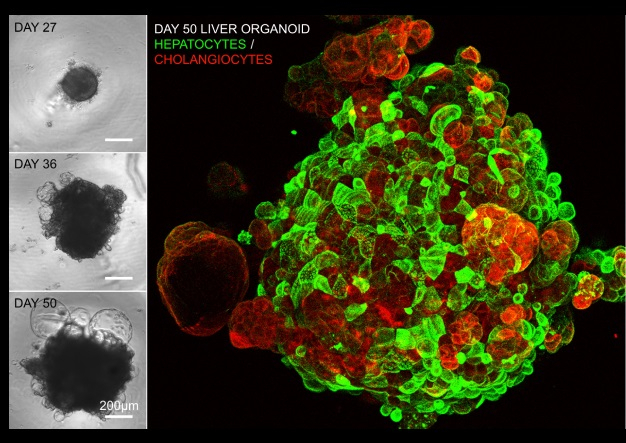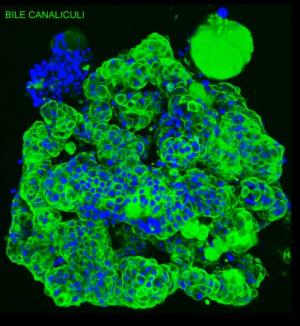Non-alcoholic fatty liver disease (NAFLD) is now a prevalent medical condition that has no cure. But Singapore scientists have developed a way that can help devise better therapies to deal with the condition.
In collaboration with A*STAR's Genome Institute of Singapore (GIS), the National University of Singapore (NUS) scientists have developed liver organoids from stem cells that can replicate the structural and functional features of the liver. It will help doctors better understand how NAFLD and other ailments affect the liver. The study was first published in the journal Gastroenterology on June 15, 2020.
"The research will help scientists to better understand liver biology and how liver diseases develop, and facilitate the development of novel therapies," GIS said in a statement on Jul 15.

What Is NAFLD?
NAFLD is an accumulation of fat in the liver cells in people who drink little to no alcohol. It affects around one-third of Singapore's population with cases increasing every year. In the U.S. alone, almost 3 million people are diagnosed with NAFLD each year. While it can be managed with therapies for underlying conditions such as obesity and type 2 diabetes, there is no cure for the disease. Instead, it increases the chances of liver cancer in patients.
"There are currently no approved therapies for it and the first-line treatment recommendations are dietary and lifestyle changes, due to the disease's close association with obesity," said GIS.
However, the study of NAFLD has been slow due to lack of human disease model as scientists require advanced human cellular prototypes to see how the disease progress at the molecular and structural level.

How Will Organoids help?
With the new first-in-class organoids — artificially grown cells or tissue that resembles an organ — scientists now can replicate NAFLD-induced disease pathophysiology or how the disease affects.
"Our discovery provides researchers in the field of hepatology with an advanced human cellular organoid model for the study of liver injuries that impair the bile transport system. Our organoids provide them with a new tool to discover therapeutics through in vitro drug testing and large-scale drug screening," said Chan Yun Shen, Senior Program Manager and lead author of the study.
It's not limited to research in NAFLD though. The organoids can be used as a base model to study other liver ailments such as the effects of drug abuse on the liver and therapeutics can be developed based on that.
"The increase in the prevalence of liver disease and the lack of therapeutics place a huge burden on healthcare systems worldwide. There is a dire need to better understand liver biology in order to develop advanced cellular models of disease, and novel therapies," said Professor Ng Huck Hui, Senior Group Leader at GIS.
Associate Professor Dan Yock Young of NUS' Yong Loo Lin School of Medicine said that with the asymptotic characteristics of early-stage NAFLD, it progresses silently and significant development is required to devise therapies.
"What drives the disease progression and liver injury remains largely unknown. The development of advanced human liver models of the disease will provide a critical tool for researchers to identify molecular drivers of the disease," he added.









